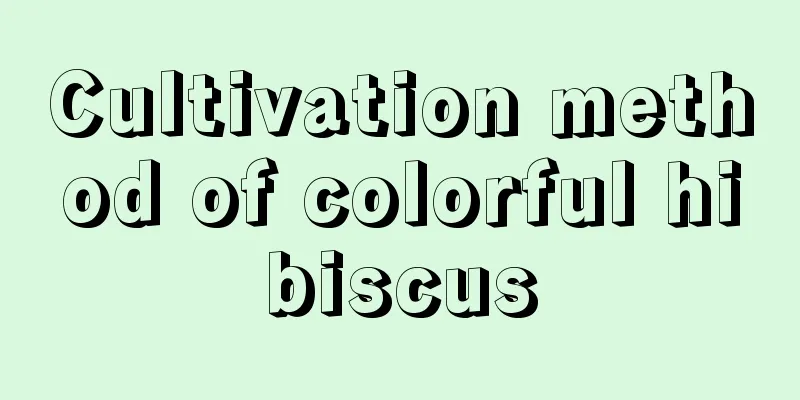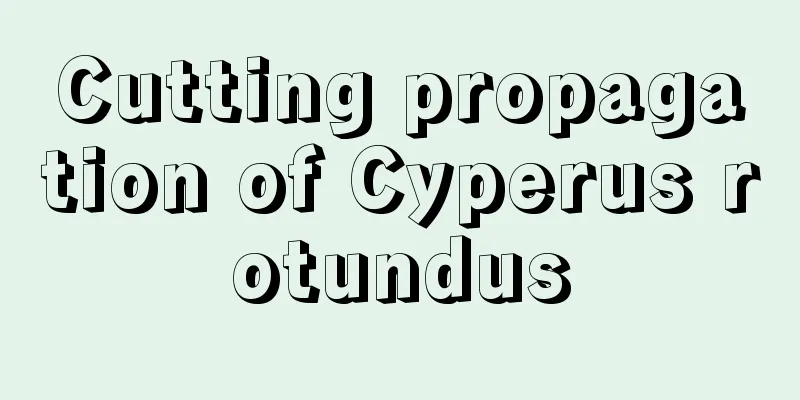Tips on how to control the amount of water when watering flowers (how to control the degree of watering flowers and plants)

|
In addition to providing a suitable growing environment, the main thing about growing flowers is to control your hands that like to water them: The growth of plants depends on a suitable growing environment, sufficient light, and the right amount of water and nutrients. Therefore, after purchasing new potted plants, in addition to keeping up to date with the growth habits of the potted plants, you only need to choose an affordable and easy-to-use flower soil for potting. Then place it in a well-ventilated environment with scattered sunlight, water it in time when the soil in the pot is basically dry, and occasionally add some water-soluble fertilizer in the kettle during the growing period. You don't need to check on them three times a day, nor spray or water them without restraint or abuse fertilizer. If you persist for a period of time, you will find that the potted plants are growing better than before. When growing flowers, you should first take care of the roots. Frequent watering will damage the roots the most:To grow flowers, you must first take care of the roots. Only potted plants with healthy root systems can grow well. After all, potted plants are different from plants grown in natural environments, and their growth is limited to pots. The humidity of the potting soil is directly related to the air permeability and oxygen content of the root system. Watering too frequently will cause the compression ratio of the potting soil to decrease. Once its maximum moisture absorption capacity is exceeded, the soil will become compacted and airtight. Over time, the respiration of the roots of potted plants will be hindered, which can easily cause excessive growth, lodging, and even root rot and yellowing leaves. Different potted plants have different water requirements and need to be treated differentlyFor most potted plants, the basic principle of watering when the soil is dry or watering thoroughly when the soil is dry applies, but shade-loving foliage plants and succulents should be treated differently. Shade-loving foliage plants such as green ivy, pennywort, water lily, monstera, and maidenhair fern do not like exposure to the sun and drought. Instead, their leaves tend to dry out and turn yellow if the light is too strong or the air is dry. They can be watered a little more frequently. Secondly, the leaves of succulent plants are thick and fleshy, very drought-resistant and avoid waterlogging, so watering should be controlled, such as succulent potted plants such as succulents, aloe vera, Christmas cactus, and epiphyllum. These tips reduce waterlogging and root rot in potted plantsChoose a flower pot with good air permeability and bottom holes, and the size of the flower pot should match the crown size and root development of the potted plant. Before potting, use hydrophobic materials such as tiles, nut shells, expanded clay, coal slag, volcanic rocks, etc. to pad the bottom of the flower pot to effectively reduce water accumulation and root rot. Choose a kettle with scale lines, which will give you a more intuitive feeling of the amount of water you are watering each time, and it is also beneficial for controlling excessive watering. If you really can't control it, you can also buy a soil moisture meter specifically for gardening. The data speaks for itself, which is more scientific. |
Recommend
Environmental conditions and characteristics of sorghum growth
Sorghum Growth Environmental Conditions and Requi...
The cutting method and time of roses The simplest and most viable method of cutting roses
There are two ways to propagate roses. Cuttings a...
Cyclamen pruning
1. Pruning tools When pruning plants, use sharp, ...
Songmei cultivation methods and precautions
1. Soil The roots of Songmei are sensitive to wat...
When does the quince bloom?
Flowering period The flowers of the quinceandra m...
When does pumpkin mature and how much does it cost per pound?
1. When does pumpkin mature? Pumpkin is an annual...
How to propagate crocodile mouth flower
Time of choice Generally, plants choose spring to...
When to plant zucchini?
Zucchini planting is divided into two main period...
When is the best time to separate the pots of Tiger Pilan (When is the best season to separate the pots and transplant Tiger Pilan)
When is the best season to divide the pots of Tig...
What are the cultivation methods and precautions for four-season camellia
Four Seasons Camellia Introduction Four-season ca...
The meaning and symbolism of carnations
The meaning of different colors of carnations Whi...
What flowers bloom in spring?
1. Peach Blossom Peach blossoms usually bloom in ...
Chrysanthemum cultivation methods and management
Chrysanthemums , popular for their fall blooms an...
Vegetable planting management guide in November
November is the transition period from late autum...
Celery Refrigerator Germination Method Celery Germination Temperature and How Many Days
Celery Seed Germination Conditions The biggest pr...









